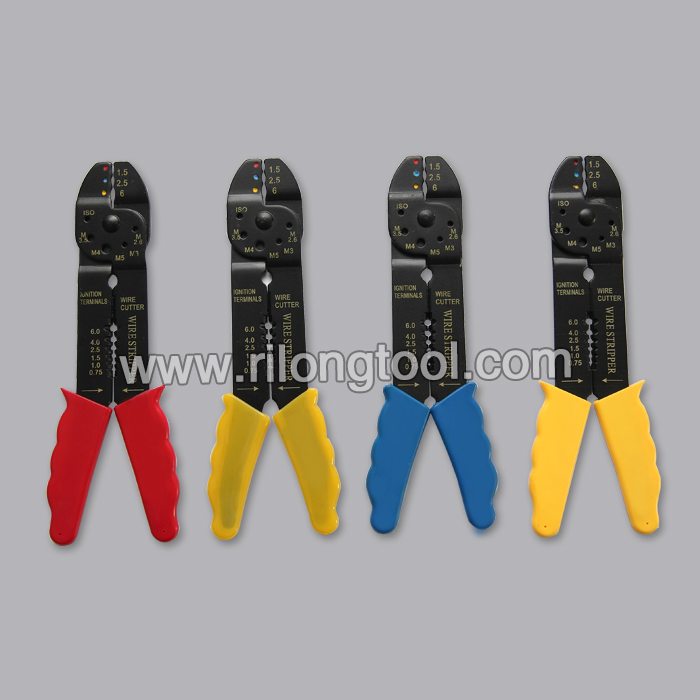Manufacturer for Wire Strippers & Cable Cutters with single color handle for USA Manufacturer
Short Description:
Product Detail
Product Tags
Our mission is to become an innovative supplier of high-tech digital and communication devices by providing value added design, world-class manufacturing, and service capabilities for Manufacturer for Wire Strippers & Cable Cutters with single color handle for USA Manufacturer, We warmly welcome friends from all walks of life to seek mutual cooperation and create a more brilliant and splendid tomorrow.
Basic Information
■Model Number: RL-YXQ001
Additional Information
■Material: A3# Steel
■Size: 8”
■Surface Treatment: Coated
■Handle: PVC
■Color: Optional
■Package: Suction Card, Tie Card, Insert Card
■OEM: Acceptable
■Samples: For FREE
■Delivery Time: Always 30 working days depending on the order quantity
■Packing: By standard cartons
Product Description
■Ningbo Rilong Hardware Tools Factory, can provide various kinds of hardware tools.
Product Image
Präzise und sicher arbeiten – und das mit zweifacher Kraft:
für den Wiha BiCut® Professional electric Seitenschneider
kein Problem. Reicht die Kraft beim Schneiden nicht aus
oder strengt das Schneiden zu sehr an, genügt ein einfacher
Knopfdruck, und die Schneidkraft wird verdoppelt. Ein
weiterer Knopfdruck, und ebenso leicht lässt sie sich wieder
halbieren. So wird die Gefahr, durch überhöhten Kraftaufwand
zu verkrampfen oder abzurutschen, deutlich verringert.
Der extrabreite Griffrücken mit perfekt verteilten Hart- und
Weichzonen sorgt für optimale Ergonomie. Für herausragende
Designqualität wurde die neue Wiha Zangengeneration
bereits mit dem „reddot award 2014 winner“ ausgezeichnet.
The Worth Industrial Wire Former is designed to bend wire from .018″ – .045″ to create commercial grade lures for the lure industry and the homemade lure maker.







